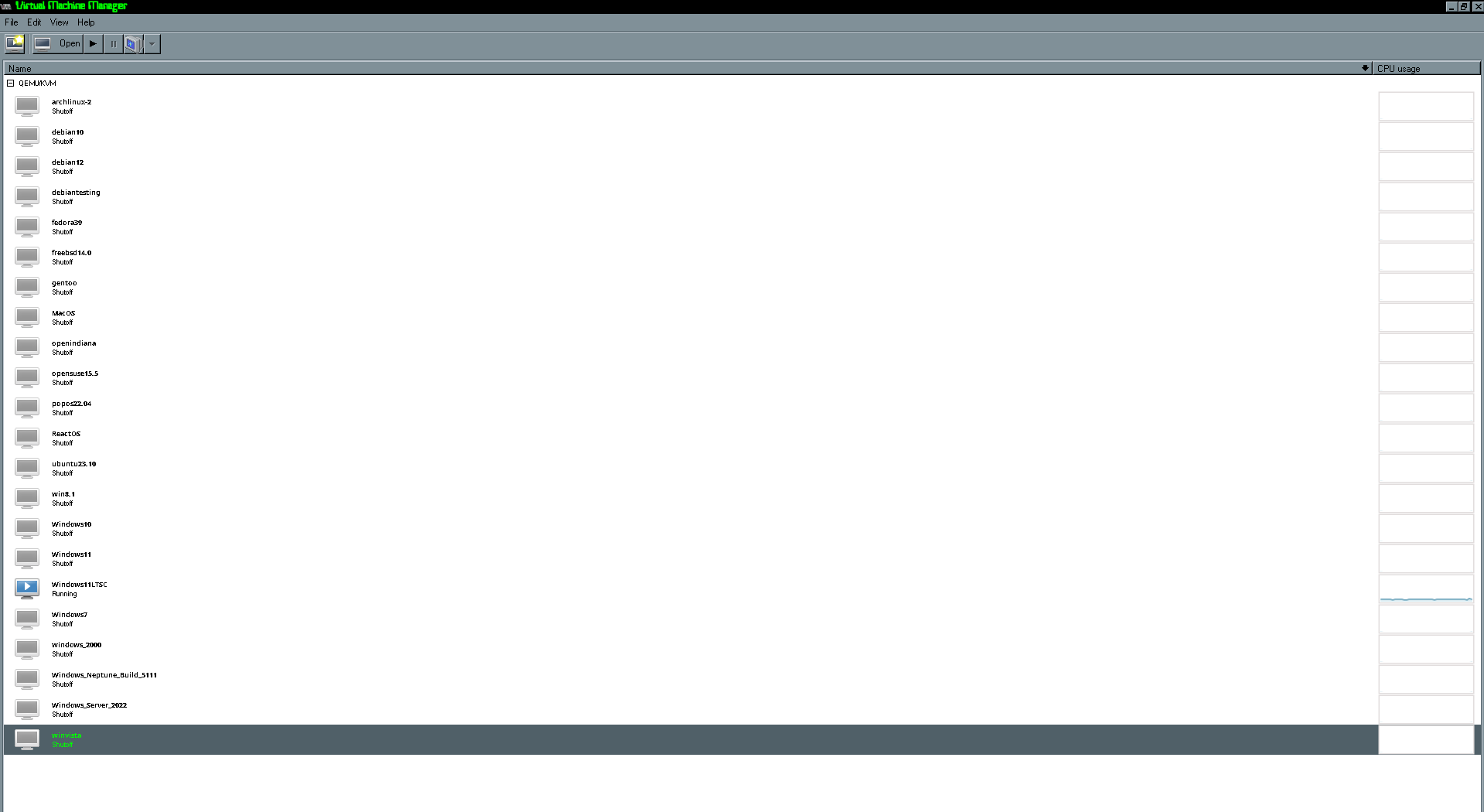178
this post was submitted on 28 Sep 2024
178 points (92.4% liked)
Linux
48136 readers
983 users here now
From Wikipedia, the free encyclopedia
Linux is a family of open source Unix-like operating systems based on the Linux kernel, an operating system kernel first released on September 17, 1991 by Linus Torvalds. Linux is typically packaged in a Linux distribution (or distro for short).
Distributions include the Linux kernel and supporting system software and libraries, many of which are provided by the GNU Project. Many Linux distributions use the word "Linux" in their name, but the Free Software Foundation uses the name GNU/Linux to emphasize the importance of GNU software, causing some controversy.
Rules
- Posts must be relevant to operating systems running the Linux kernel. GNU/Linux or otherwise.
- No misinformation
- No NSFW content
- No hate speech, bigotry, etc
Related Communities
Community icon by Alpár-Etele Méder, licensed under CC BY 3.0
founded 5 years ago
MODERATORS
you are viewing a single comment's thread
view the rest of the comments
view the rest of the comments

GPU passthrough has always been one of those exciting ideas I’d love to dive into one day. My current GPU being a little older, has only 4GB of RAM. Oh the joy's of being a budget PC user. Thankfully it's more of a "would be nice rather" than an "actually need"....
Very few people need it but it’s awesome and a lot of fun and lets you spend more time in Linux than dealing with Windows. The VFIO Reddit and Arch wiki are great resources. I have GPU, USB, and Ethernet pass through on my Ubuntu machine and it works great, but I needed the Arch wiki to really figure out what I was doing wrong when I first set it up. Level1Techs is also a good resource on YouTube and forums because they are big into VFIO and SR-IOV. Next time you get a PC, make sure to look for more PCI lanes and bifurcation support on your motherboard. Gen 4 is a great option because it generally has enough lanes and the ram and ssd are much cheaper than Gen 5. GPU choice doesnt matter much but if you’ve got AMD watch out for the reset bug. Basically you can start a VM but once you quit it the cards state is unavailable for further use (eg a second VM session or reopening your DE if you’re using a single GPU setup) unless you restart your host. There are some workarounds but personally I’d avoid it if possible. Onboard graphics (iris or amd APU) are recommended. Older hardware can get cheap so good luck saving up if this is something you want to do!
I did this with Qubes a year ago and haven't had any issues apart from figuring out the right flags to get the full performance, otherwise the GPU would cap around 30% under load with low CPU load.
Kind of at the mercy of what your motherboard and bios will allow, mine I had to cheese a little and disable the PCI device on boot so I get to decrypt my disk with no screen lol but it works!
My motherboard is a stock dell from around 2012 so I doubt performance would be at all good. Thats even if it worked in the first place....